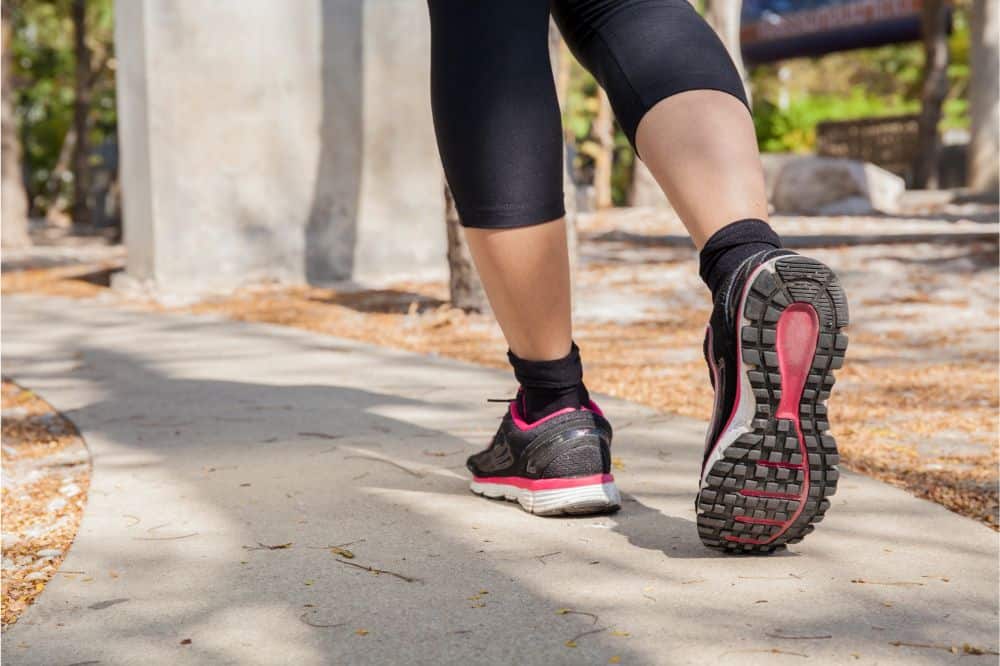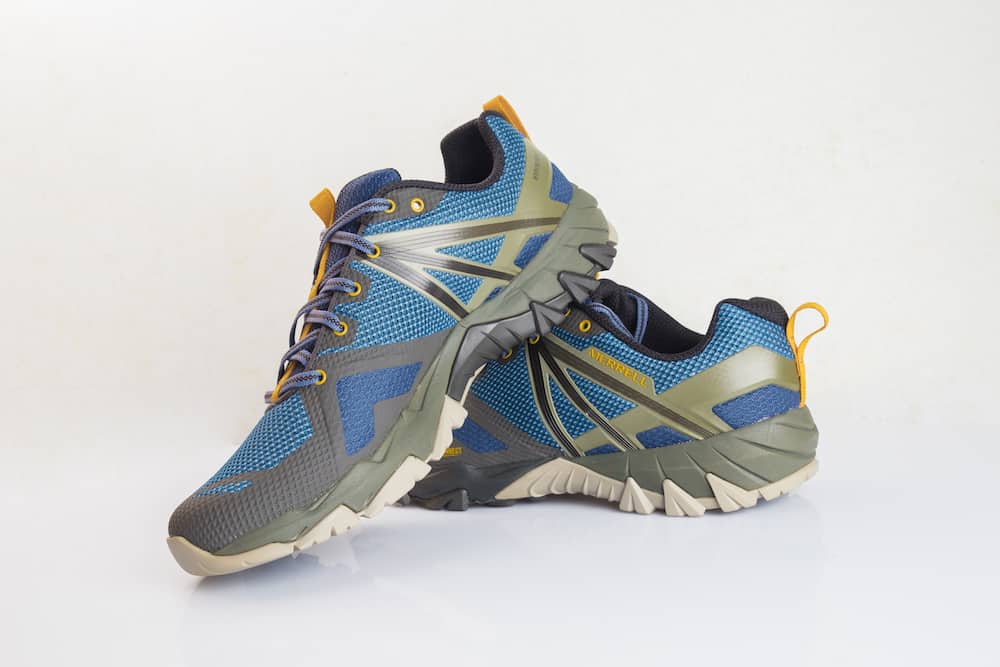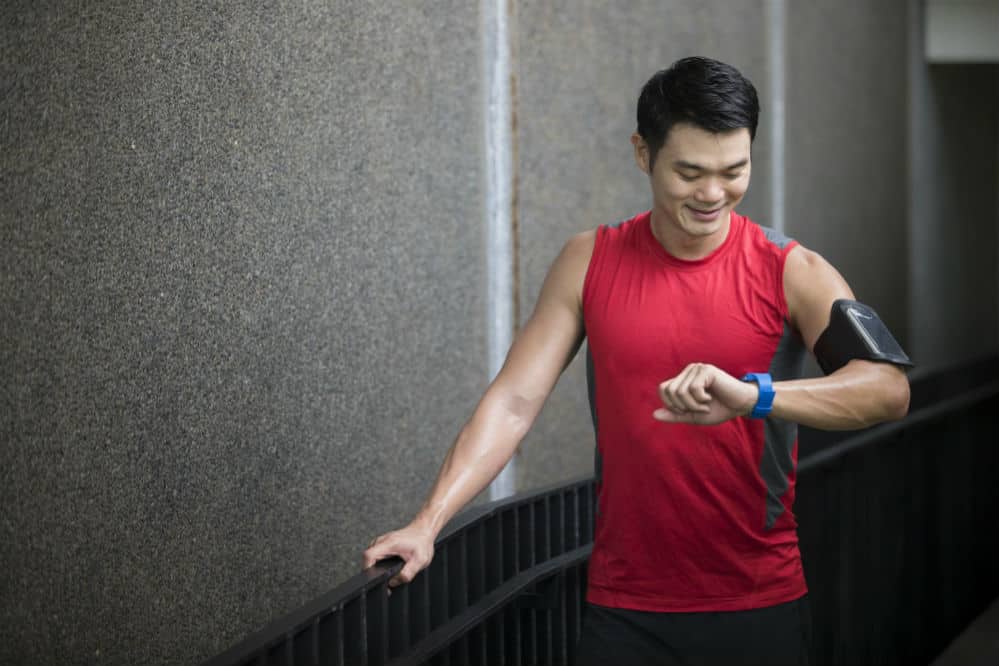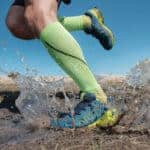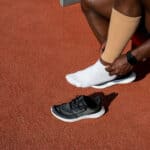One known fact about dedicated runners is their love for challenging and rugged terrains.
Luckily, trail running shoes were designed to support them and offer the traction and grip they need to conquer those off-road pathways.
Then again, it is also natural for any athlete to want to mix things up and run on concrete roads instead.
Are trail running shoes good for concrete, or do you need to stack up on different shoes for these types of runs?
You can be the one to decide.
Keep reading to know when to wear trail running shoes and how they differ from road running footwear.
When To Wear Trail Running Shoes
Unlike most regular trainers, trail running shoes can handle the most challenging terrains, from muddy and rocky landscapes to uneven, steep, and inclined surfaces.
That said, the more complicated and wilder the track seems, the more likely you will need to wear trail-specific trainers.
Their various qualities allow them to be the safest and sturdiest option when it comes to adverse conditions.
Trail shoes like the New Balance 481 are water-resistant, ensuring your feet are dry and protected from wet, rainy, and snowy roads.
The outsole lugs are carefully designed with enough friction to grip the ground properly.
Thanks to these, you can be more sure-footed regardless of how many rocks, tree logs, or other debris are present.
When To Wear Road Running Shoes
Road running shoes are the most common type of trainers and are probably what first comes to mind when thinking of sports footwear.
They are lightweight and flexible, making them ideal for fast-paced and speedy runs.
On hot and humid days, the breathability of road running shoes reduces sweating and foot swelling.
For this reason, you may also want to wear these trainers during regular workouts.
Different styles will suit different people’s preferences. They even accommodate people with joint problems or those who tend to overpronate.
With some models having extra cushioning and shock absorption, like the Brooks Ghost 14, you can minimize the risk of injury.
In comparison, less padded models will optimize your stride and help you run seamlessly.
That said, road sneakers are not suitable for extreme gravel but are best when used on hard-packed, smooth trails.
On such terrains, they are rather slippery and do not have enough traction to help you hold firmly on uneven grounds.
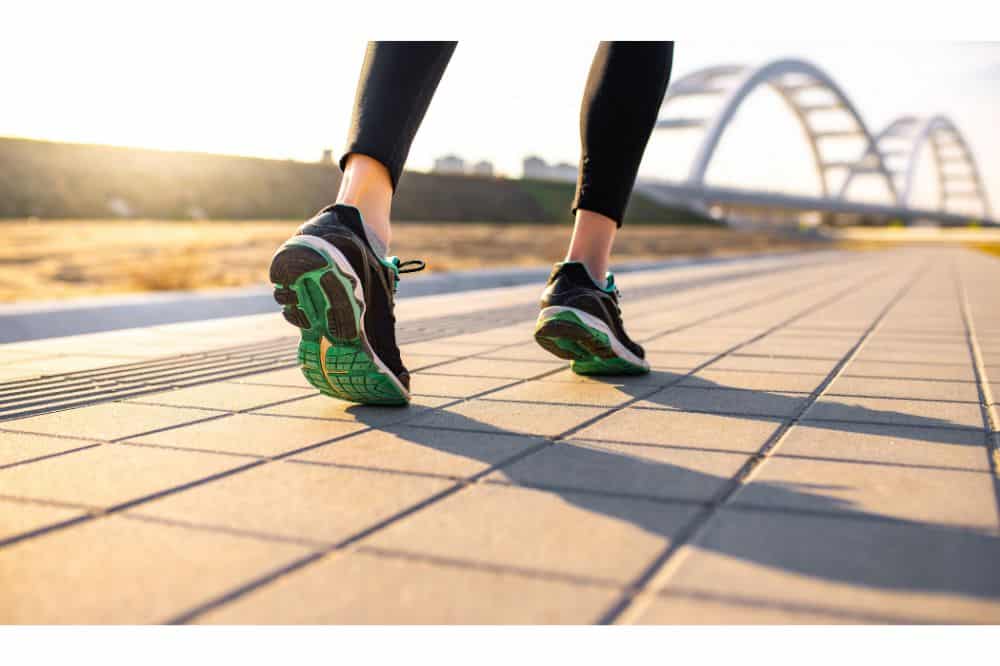
Trail Running Shoes vs. Road Running Shoes
To fully assess whether you can wear trail shoes on concrete roads, it’s important to know the differences in their structure and functional features.
Here’s where they differ:
Upper
Due to their protective purposes, the upper of trail running shoes is often tightly woven with thick mesh.
The heavy material acts as a shield against rocks, pebbles, poisonous plants, and sharp debris.
As a result, the shoe becomes bulkier and more heavy-duty than other trainers to handle more demanding conditions.
Road running shoes can do without the extra protection since most concrete pavements are straight and smooth.
The use of breathable materials results in a more lightweight upper to allow sufficient air to circulate between the foot and the trainer.
It also minimizes sweating, which is excellent for high-intensity runs.
Soles
The midsole and outsole patterns are the most apparent difference between trail and road running shoes.
All shoes will have some type of internal padding on the bottom for comfort and an outsole material to elevate your foot from the ground and protect it.
Trail running shoes are characterized by aggressive outsoles with unmatched traction and grip.
By having a thick, rugged, and sticky tread, the rubber lug ensures you can stand firmly on uneven terrains and avoid falling on slippery roads.
Midsole cushioning will often include stiff rock plates, which are essentially layers of plastic embedded within the sole for extra safety and protection.
With a higher drop, the shoe will absorb higher impact shocks even on the toughest surfaces.
By contrast, road running shoes have flat, narrow, and smoother outsoles with lower drops to reduce the weight of the trainers and allow the runner to gain speed.
To maximize flexibility, midsoles are less padded but cushioned just enough to relieve the knees and joints from running stresses.
Toe Box
A toe box may seem like a secondary feature in regular shoes, but harming your toes is never a pleasant experience for people who run.
As such, for trail shoes, the toe box tightly surrounds the front of your foot, protecting it from stubbings and potential injuries.
Good trail running shoes would also be wide enough to avoid any potential deformities from prolonged pressure.
By being roomy, your feet can properly grip the ground and move naturally without feeling discomfort or pain.
Road running shoes have lighter and loser toe boxes with enough room for the toes to push your body weight forward properly.
Since the concrete road is safe and smooth, there is less need for protection.

Stability
Most trail running shoes have wide heels and support material along the sides to help with foot stability.
Some road running trainers will include features to align your foot better and fix your running form and posture.
However, most will prioritize other flexibility features over stabilizing ones.
That is due to the flatter pavements and concrete running tracks, making them inherently safer and smoother than slippery and muddy trail pathways.
The heavier finish of trail running sneakers compared to the light road trainers adds to their overall stability.
The shoe is pulled by its own weight firmly to the ground, so you are less likely to lose balance and fall.
Are Trail Running Shoes Good for Concrete?
With all these differences considered, it may be safe to assume that while trail running shoes may be suitable for concrete, they aren’t the best option.
On occasion, it may be okay to wear trail running shoes on regular smooth roads, but it shouldn’t become a habit.
Wearing them for such increases the risk of damaging the protective properties of the footwear.
It is also good to note that what you gain in foot security, you lose in breathability.
The choice of wearing heavy-duty shoes on concrete is a matter of personal expectations and preferences.
If you intend on using trail sneakers for an extended time, you will risk putting unnecessary pressure on your joints and ankles due to their stiffness and weight.
When running on flat surfaces, the added weight and tight fit may be uncomfortable, slowing you down, especially in hot weather.
Moreover, you also risk damaging the carefully designed outsole, reducing its lifespan and causing it to lose its grip faster.
To minimize injury and optimize performance, be aware of what you actually sign up for with each of these athletic footwear.
Make sure they fit right without being too sloppy. It helps to get a proper gait analysis to prevent injuries caused by wrong shoe sizes.
If you want to save money, there exist hybrid shoes with a mix of both trail running and road running shoe properties.
With these, you will get the best of both worlds within one pair.
Trail Running Shoes and Road Shoes: A Pair for Any Occasion
If you are a versatile runner who loves exploring different terrains, you have probably tried wearing different kinds of shoes.
But are trail running shoes good for concrete pavements? Do you need to own a million pairs of trainers?
Since a simple change in the terrain will require a different set of needs to optimize the experience, there are different kinds of athletic footwear for every sport.
It may seem like a waste of money to buy several pairs for every occasion, but in the long run, you will get your money’s worth.

